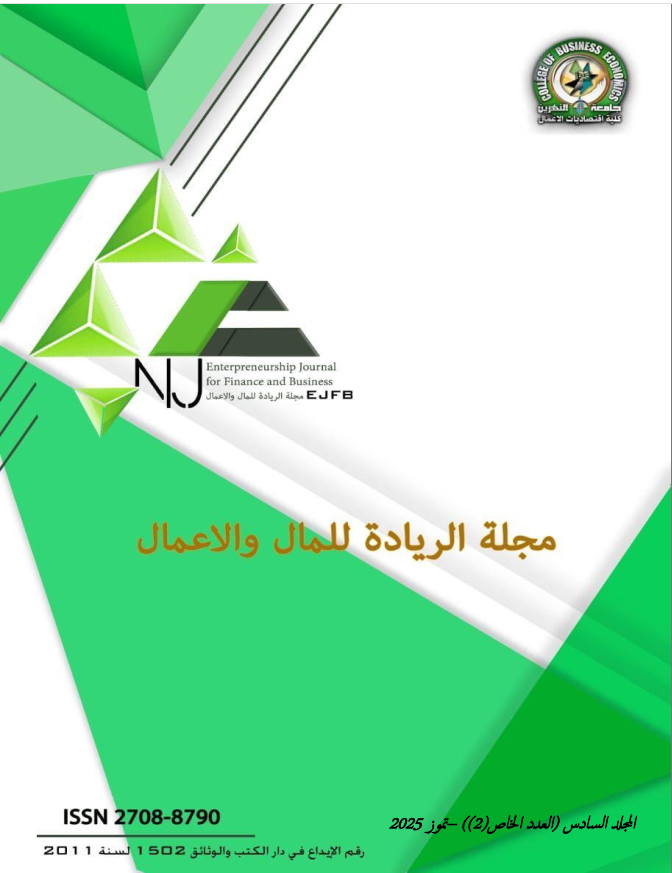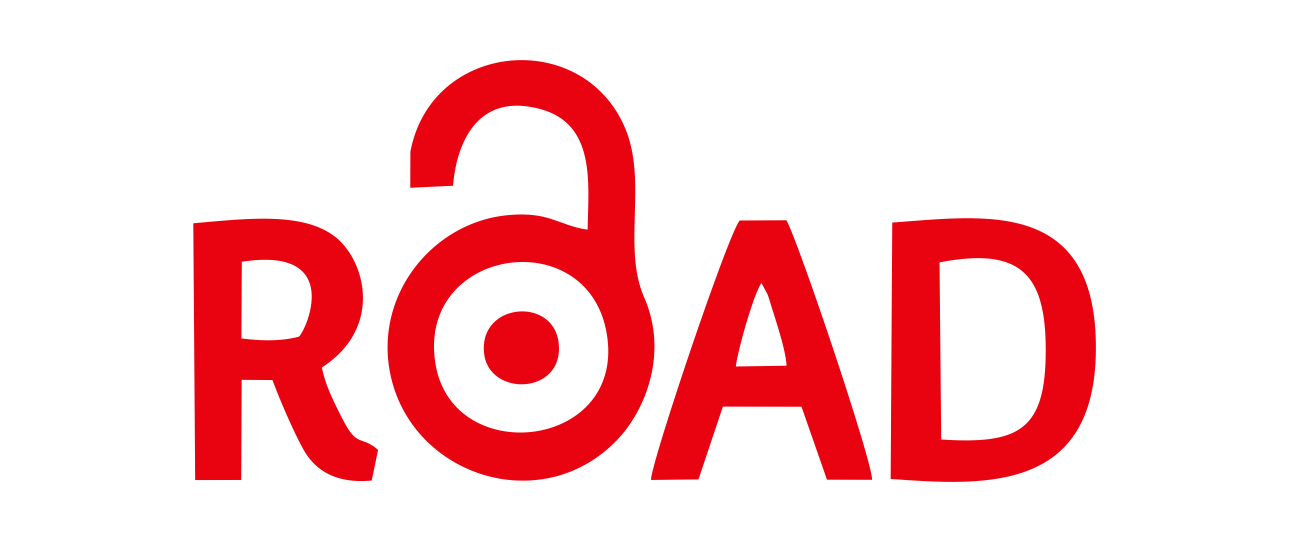The Role of Financial Engineering in Reducing Banking Risks
DOI:
https://doi.org/10.56967/ejfb2025701Keywords:
Financial engineering, Risk management, BankAbstract
The aim of the research is to clarify the role of financial engineering and its applicable tools in banks and how to manage banking risks. In order to achieve the research objective, the research problem was formulated with the following question: What is the role of financial engineering in managing and reducing banking risks?
Then the hypothesis was formulated to answer the research problem. The researcher relied on the descriptive analytical approach, as the researcher collected data and information through references and literature from books, periodicals, master’s theses, doctoral dissertations, Arab and foreign scientific journals, and browsing the international information network (the Internet) to track the latest scientific developments regarding the research topic.
The researcher reached a set of results, the most prominent of which is that risks are inherent in banking work without exception, regardless of the type of bank or the type of activity it carries out. Financial engineering tools were and still are the subject of great controversy among those dealing with them and studying them. Some of them strongly support their use, while others consider them the cause of financial crises.
The researcher also recommends the most important of which is establishing the foundations of financial engineering and financial risk management and clarifying their limits so that the bank can benefit from their tools and products. Paying attention to training accountants and intensifying communication work that increases the confidence of customers and society as a whole in the bank’s services, which reduces risks on the one hand and increases the size of the portfolio and deposits on the other hand.
Downloads
Downloads
Published
How to Cite
Issue
Section
License
Copyright (c) 2025 اسماء سالم الحمداني

This work is licensed under a Creative Commons Attribution 4.0 International License.
This is an Open Access article distributed under the terms of the creative commons attribution (CC BY) 4.0 international license which permits unrestricted use, distribution, and reproduction in any medium or format, and to alter, transform, or build upon the material, including for commercial use, providing the original author is credited.










